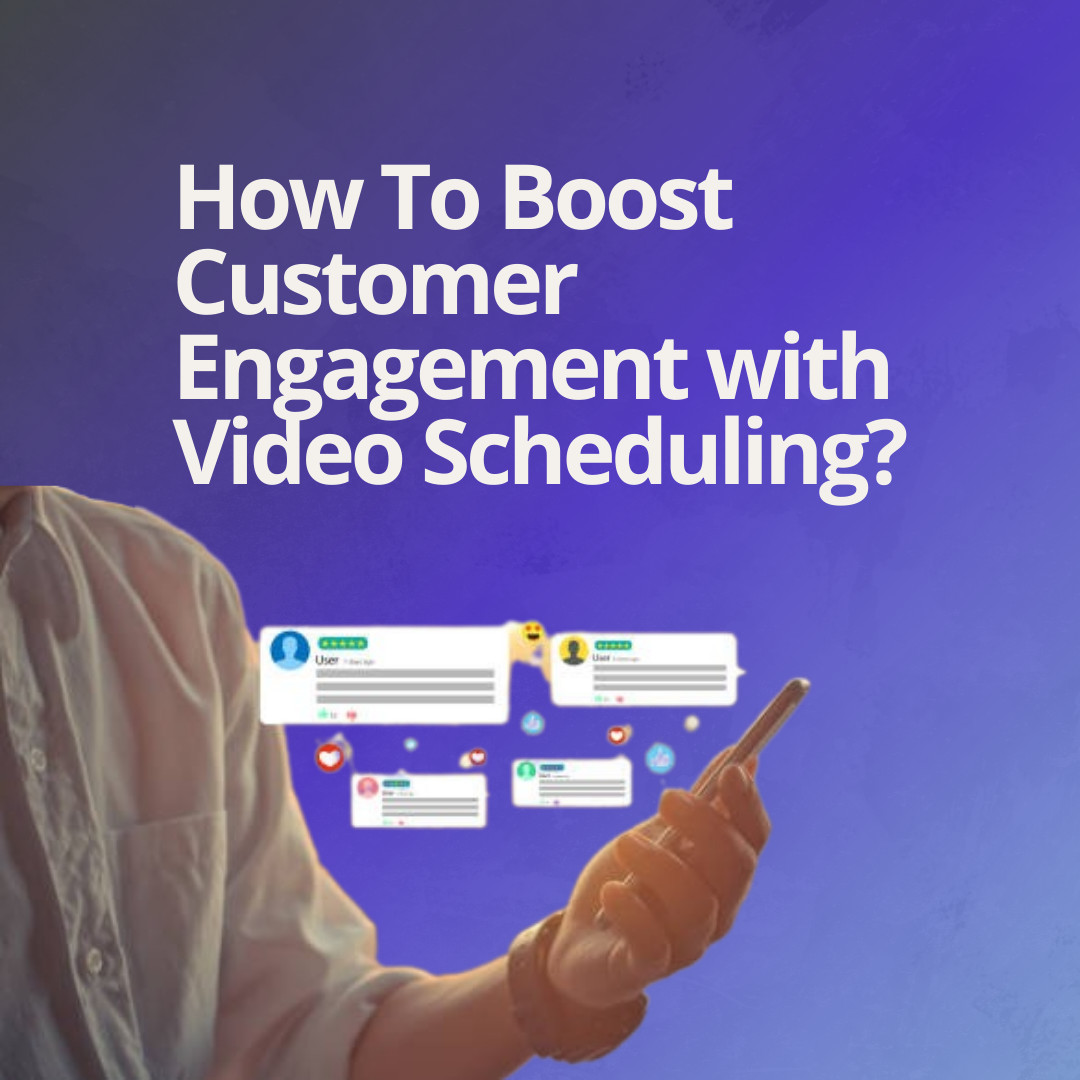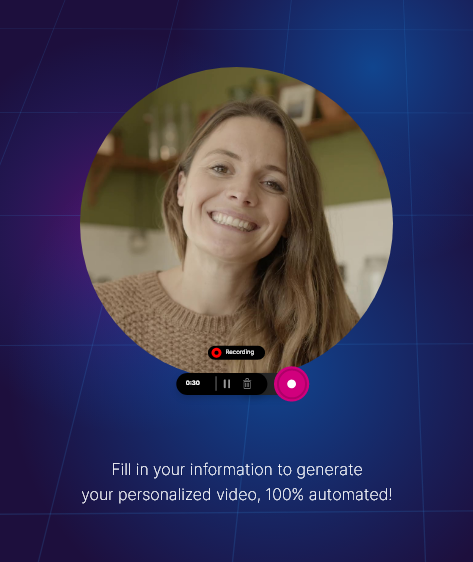Are you stuck in a 9-to-5 job but dream of building an online business on the side? Whether you’re exploring lead generation or any other online opportunity, starting part-time can be both challenging and rewarding. The path from side hustle to thriving business hinges on the right mindset and a clear sequence of focused actions. In this guide, you’ll find five actionable steps tailored to beginners seeking to transition from employment to entrepreneurship—without risking major capital or becoming overwhelmed.
Based on the original video:
Why Taking Consistent Action Matters More Than Results in the Early Stages
One of the biggest hurdles for aspiring entrepreneurs is getting caught up in results before building momentum. Rather than obsessing over making $10,000 your first month, shift your attention to the action steps you can tackle today. Small but consistent efforts—like daily outreach or running a test ad—are the building blocks of a real business. By moving forward steadily, you’ll build experience, resilience, and confidence that pay off much more than chasing quick wins.
- Action is the antidote to overwhelm.
- Building habits leads to compounding progress.
- Early feedback drives faster learning and improvement.
Step 1: Pick a Single Niche and Commit to It
Maybe you’re eager to help everyone—e-commerce brands, local bakeries, roofers, and beyond. But true expertise (and results) are built within a tight focus. The first core step in lead generation or any side hustle is choosing one niche and sticking with it for at least three months. This eliminates distractions and accelerates your learning curve as you immerse yourself in one market’s unique challenges and language.
The Hidden Trap of Shiny Object Syndrome
Jumping from niche to niche creates a painful feedback loop: new obstacles pop up, leading you to question your path and start over somewhere else. Breaking this cycle requires discipline and patience, especially when starting out. If you give each niche a fair chance—three months or more—your odds of success skyrocket.
- Avoid constant niche-switching.
- Every new vertical means starting your learning and network from scratch.
- Mastery comes from depth, not breadth, in the early stage.
Examples of Lead Generation Niches
Consider popular niches such as local contractors (roofing, plumbing), medical practices, coaches, real estate, or even insurance brokers. Do your research, see where your interests align, and then dig in.
Step 2: Commit to One Task Every Evening
Balancing a full-time job with building a business may seem daunting, but progress comes from small, sustainable steps. Block out 30–60 minutes daily, preferably after work, to focus on a single high-impact task. Over 7–14 days, this creates real momentum—even if you have a family or a busy lifestyle.
- Dedicate focused time (after dinner, once kids are asleep, etc.).
- Track progress and celebrate consistency, not just outcomes.
Practical Nightly Tasks for New Entrepreneurs
- Send 20 personalized cold emails each night.
- Manually research prospects using simple tools or online databases.
- Refine your outreach based on responses and feedback.
Even if you only manage 5–10 highly personalized emails nightly, this adds up to over 300 potential leads in just a month. The law of averages suggests you will secure sales calls and move closer to your first client.
Step 3: Bootstrap With a Small Ad Spend Budget
Many assume launching a lead generation business requires a big financial investment, but reality tells a different story. By setting aside a modest $100–$200 for test ads, you’ll quickly gain real, actionable experience with digital marketing platforms—like Meta (Facebook and Instagram).
- Running ads builds confidence for sales conversations.
- Leverage small wins—“I’m already generating a few leads each day”—to win new clients.
- Experiment on your own dime to learn what works before bringing results to clients.
Your ad tests don’t need to be perfect. The purpose is to collect feedback, not get rich overnight. Learning what doesn’t work is almost as valuable as discovering what does. Plus, when pitching clients, you can honestly say you’re already active in the market, making your offer more attractive.

Step 4: Sell Tangible Results, Not Abstract Services
One classic mistake in the agency and freelance world is selling services (like ad management or website building) instead of concrete, measurable outcomes. The businesses you approach care little for your process—they only want more customers, leads, or appointments.
Shift From “Marketing Retainer” to Selling Qualified Leads
Instead of asking for a $1,500–$2,000 monthly retainer to “run ads,” present a simple proposition: “I’ll deliver 25 qualified leads for $2,500.” This reframes your value and places you as a partner delivering business growth—not an employee to be micromanaged.
- Clients readily understand (and can justify paying for) real results.
- The relationship becomes one of equals, giving you more leverage and respect.
- If just starting out, offer creative backend deals—clients cover ad spend, and you earn a percentage based on successful leads.
Managing Expectations and Handling Conversion Rates
It’s normal to deal with unknowns early on: conversion rates will vary by niche and offer. Industry standards for Facebook ads may be in the 4–5% range for beginners, but refined funnels yield higher conversion rates (sometimes 10–20%). Always set expectations honestly, and iterate as you gain more experience and data.

Step 5: Embrace the Repetitions—Success Is a Process
No matter how airtight your strategy, you will encounter setbacks. This is part of building any business, especially in lead generation. Clients may churn, leads might not convert, and initial campaigns can flop. The only way to long-term growth is through consistent “reps”—doing the work, seeking feedback, and iterating over time.
The Important Learning Curve: The J-Curve Effect
Business growth rarely follows a straight, upward line. It often resembles a J-curve: you might feel you are regressing—more effort, increasing frustration, and few visible results—before the breakthrough arrives. This pattern is universal, from digital marketing to sales to product development.
- Expect your first few clients to leave or “fire” you—this is normal!
- Every failed campaign is data and experience you own.
- Stick to your single niche for at least three months before judging results.
If you persist after those inevitable early setbacks, your confidence, client base, and cash flow will start to grow—often suddenly and dramatically.
How to Make the Most of Your Limited Time
Balancing work, life, and side hustle ambitions requires smart planning. Devoting even a focused hour per night—doing deep, meaningful work on high-value actions—can transform your trajectory. Avoid spreading yourself thin or chasing every opportunity. Instead, double down on the habits and systems covered in these steps.
- Block time for daily progress, even as little as 30–60 minutes.
- Celebrate small wins—each sales call, booked meeting, or campaign run builds momentum.
Real-World Example: The Power of After-Hours Work
The journey might take longer if you have family commitments, but consistency will win out. One of the most overlooked truths is that most online businesses are built in the margins—after hours, on weekends, and during lunch breaks—rather than during perfect, distraction-free windows.
Common Pitfalls That Stall Beginner Lead Gen Businesses
Many side hustlers fall victim to avoidable mistakes, leading to wasted effort or early burnout. Here are some hazards and how to sidestep them:
- Lack of focus: Switching niches or trying to serve too many markets dilutes expertise.
- Analysis paralysis: Over-researching instead of acting slows progress to a halt.
- Fear of outreach: Not taking the plunge with cold emails or pitches means zero feedback—and zero clients.
- Expecting perfect results: Every campaign is a learning experience, not a guarantee of immediate success.
When Should You Think About Scaling?
It’s easy to daydream about quitting your job and running your business full-time. However, the right time to consider bigger scaling moves is after you’ve validated your offer, refined your sales pitch, and built a track record of delivering results in your chosen niche. Until then, keep your setup lean and focus on continuous improvement.
Joining Forces With Others and Learning From Experience
While the DIY approach is powerful, sometimes tapping into curated resources or communities can catalyze your growth. There are communities and training hubs that accelerate your learning, answer questions, and push you to implement faster.
If you’re curious about leveraging cutting-edge outreach platforms, check out how recent integrations are changing the game in outbound:
Outreach is the lifeblood of getting your first leads and clients. This detailed post covers a new integration that offers more personalization and efficiency for those building a lead gen business.
Recap: Building a Lead Gen Side Hustle While Working Full-Time
- Pick one niche and commit to three months—ignore the temptation to start over often.
- Focus on one daily task—build consistency above all.
- Set aside a small budget to test ads so you build experience and credibility.
- Sell results (leads, appointments), not vague services—articulate your value clearly.
- Expect setbacks, embrace each repetition, and measure progress in months, not days.

Frequently Asked Questions (FAQ)
How much time do I need each day to start a lead generation business while working full-time?
Devoting just 30–60 minutes per evening is enough to make consistent progress. The key is focusing on high-impact activities—like targeted outreach or running test ads—instead of passive research. Over weeks, these small steps compound and build traction.
What’s the best way to pick my niche when starting out?
Choose a market that genuinely interests you and has an existing demand for leads or customers. Avoid picking multiple niches at once. Commit to one vertical for at least three months so you can develop real expertise and gather actionable feedback.
Do I need a big ad budget to get started?
No. You can start testing ads and experimenting with a budget as low as $100–$200. These small tests will help you understand the market and speak confidently about results when talking to potential clients.
Is it better to offer services or charge per lead?
Charging per lead or tangible outcome (like appointments) is generally preferred—clients understand the direct value, making sales conversations easier and relationships more balanced than with generic marketing retainers.
What should I do if my first clients fire me?
Don’t be discouraged—this is common, especially in the beginning. Use these experiences to refine your offer, learn more about your niche, and strengthen your sales approach. The persistence to “get the reps” and learn from early failures is what ultimately leads to long-term success.









